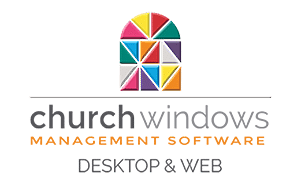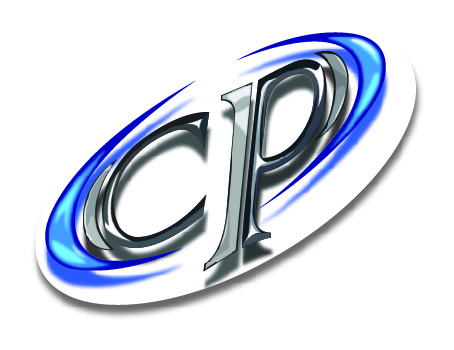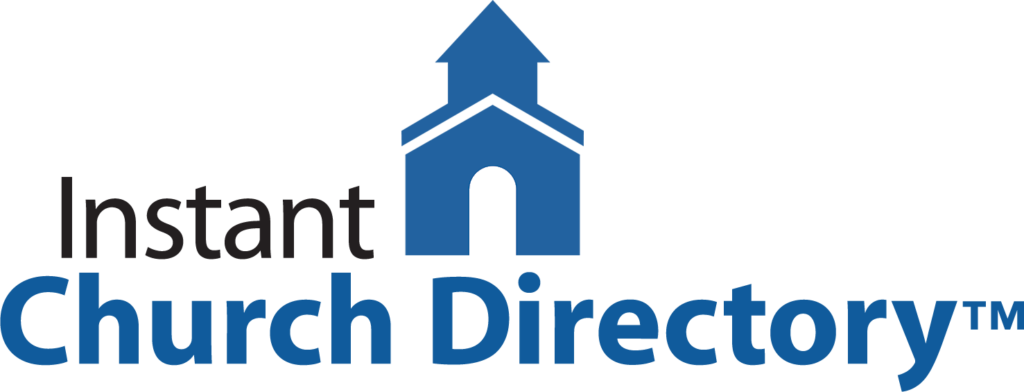While talking with churches over the years, they have described three main mistakes they have made with their Church Management Software. For some, these mistakes have led to a great deal of frustration, multiple software changes, and the waste of a lot of time and money. These issues may be very familiar to you, but if not, they could serve as warning signs for issues that might pop up in your future.
- Wrong Choice
The best choice of software is one that both fits the individual church and is one that the entire staff will adopt and use. In many cases, churches employ software that is simply a wrong fit. At a base level, it doesn’t do the specific things the church needs it to do, in the way that the church wants to do them. Perhaps their current ChMS was the best fit for the church many years ago because it was offering new features that no other ChMS had. But today, it just doesn’t meet the needs of the church’s growing, changing ministry. Maybe the church has changed its programming in such a way that the features it needed then and the features it needs now are different.
In most cases where a church looks back and decides that it has made a wrong choice, one of three paths for choosing the ChMS is usually the culprit:
Coolest functionality or features win: Here, the church places an inordinate amount of value on a “cool” feature or two that other systems do not have. It is the “shiny new penny” syndrome. Or the church may be swayed by a more modern, simpler or prettier “look and feel,” even though the underlying functionality may not work as well for them as a system with a more antiquated, complicated interface. While discrete features can bring a great deal of value, the church would be wise to guard against picking an entire system for the whole staff on the basis of one or two exceptional features that represent only a tiny portion of the overall utility of the ChMS.
Best salesperson or sales process wins: Let’s face it, some sales professionals are just way better than others. Many of our clients have expressed regret over buying a ChMS system as a result of being swayed by a superior sales process, a more responsive salesperson, or a smoother, more impressive product demo. For this reason, we counsel churches to engage in a systematic process that ensures that the software actually fits their specific needs. This tends to limit the influence of the abilities of both the exceptional or less than adequate sales professional. Sometimes churches may pass on an option that it is the best choice for them because it was poorly represented by the salesperson engaging with them. Churches should require the software company to demonstrate the software’s capabilities based on the church’s detailed requirements, not the software company’s set script.
Most unhappy person decides for everybody: Churches make this mistake when one person on the staff team has an outsized influence on the overall process. Typically, these people are frustrated and suffering with software or processes that are inadequate and are hindering them from successfully accomplishing the objectives of their role and ministry. Because they are passionate, they tend to be very vocal about their choices. Other staff members may not be as passionate or as tied to the technology for their ministry roles, so they defer. And this can cause real problems. Because now, you have one person deciding for many based solely on what product best fits their one particular area or preference.
With a very clear identity, strategy, and requirements list in hand, you will be much more likely to pick a ChMS that is best for you and avoid the wrong choice mistake.
- Wrong Implementation
The second primary mistake that our church clients refer to is implementing software in a way that does not maximize the potential of the software or does not fit their very specific ministry processes. In this case, the church actually made a good, well-informed choice. The software fits, and the staff is willing to use it. It can do the job, but it has not been properly set up for the unique job this church requires. Perhaps you have paper or manual processes that haven’t been incorporated into the ChMS process or workflow module. There may be custom fields that need to be designed. Or there is some custom API development that would really make it sing.
This can also be a matter of timing. Ministries grow and change, and so do processes, tasks and ministry philosophy. Perhaps the software was implemented when you were a single site, Sunday school church and now you are a multi-site home group church and you just need to restructure your groups and congregations.
Beginning with the end in mind is vital. While most of the ChMS companies are very helpful and are willing to work with you to best implement their software, their advice is only as good as the input they have received. Without specific strategic objectives and processes to work from, they will likely provide a more generic implementation that is less effective than it could be. This is where a well-conceived strategy is so important in avoiding the wrong implementation mistake.
- Insufficient Training
The third big mistake identified by many of our church clients is the realization that they did not invest enough time and energy into comprehensive, ongoing training on how to use their ChMS. Typically, when a church purchases a new ChMS, all the staff goes through an intensive training bootcamp. This training session or period is usually focused on the overall system, and users may not go deep enough into their specific area. Also, it is difficult to retain much information in this type of “firehose” data transfer.
An additional problem is one of timing. Since the original training, perhaps years ago, there has been a great deal of staff/volunteer turnover. Today, maybe only a few of the original ChMS pioneers are still at the church. And the most training many staff have had is a 10-minute explanation from the last person in their role on the two things they did every Monday morning.
We often hear complaints about specific ChMS software that it simply won’t do this “really important thing,” when, in reality, the software absolutely will do that “really important thing.” The users have just not been trained effectively or have relied on a one-shot training event that simply does not keep pace. To prevent the insufficient training mistake, the church must invest in ongoing, role specific training for all staff that use the ChMS.
This article is courtesy of Enable Ministry Partners, which specializes in maximizing the usability of your current ChMS or helping your church find the system that is actually best for you, based on your specific needs and mission, www.enableministry.com.










